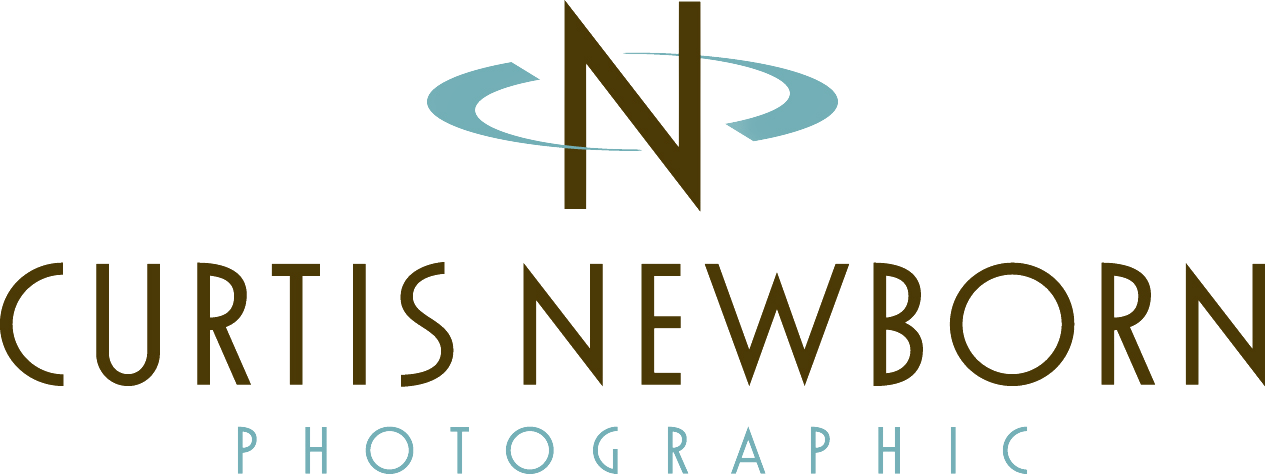If you've been using your phone to check your Facebook feed, you may have stumbled across a photo that curiously started moving as you moved your phone around in your hand. These are Facebook 360 Photos, the latest in “cool” for creating and sharing photos that go way beyond boring! Taken by using your phone's panorama function, this new feature is way more immersive than simply uploading a regular photograph.
But you’re thinking “this sounds way too difficult”, but you’re wrong, and below you find the simply tips and tricks for effortlessly creating these new kinds of images and sharing them on your Facebook page. Creating and uploading a 360 photo is incredibly easy to do, so let’s walk through the steps.
Which Camera? Your Phone is the Best Choice
First, while you may have read that this new technology supports some pretty incredible (and expensive) cameras, the truth is, you don't need a special camera or even a 360-degree photo app in order to upload your own interactive images. According to Facebook’s information page, anything newer than an iPhone 4S, iPad Mini 2 or either iPad Air and iPad Pro model will work. Facebook didn’t provide list of Android devices, but I do know that using any Galaxy device newer than the Samsung Galaxy S5 or Galaxy Note 3 will work.
So now that we know what camera you’ll be using, it get’s pretty simple. You just need to use the camera app on your device to take a panorama photo. That's it. You probably have a couple in your camera roll right now, just waiting to be uploaded and shared with the Facebook world.
Or, if you want to challenge your creativity, you can go a step further and use the Google Street View (Android or iOS) app to take a true 360-degree photo sphere and upload it.
Planning Your Shot
There is one thing to keep in mind when taking a panorama to upload, and that is that Facebook states this feature will only work with photos that are 100 degrees or bigger. Unfortunately there's no easy way to see just how big a photo is (in terms of degrees, at least), so if you don't want to capture the full landscape, you'll need to do some trial and error to get a better idea of the correct size image that will work for your upload.
Uploading Your Pano
Uploading a panorama photo to Facebook is done using the same method to upload all your other photos: Just open Facebook, tap Photo, select a picture, then post… that’s it! But keep in mind that you can't upload more than one panorama photo at a time. And again, if you upload a panorama that's wider than 100 degrees, it'll automatically be converted to a 360 photo… so in essence, Facebook does the work for you.
Lastly, when sharing these images through your social media networks, go ahead and use the hashtag #360 so that the world can see your creativity!
For more information on this amazing, new feature from Facebook, check out their info page.





